I’ve been posting a lot about Japan recently, mainly because I just spent 9 days and 8 nights there.
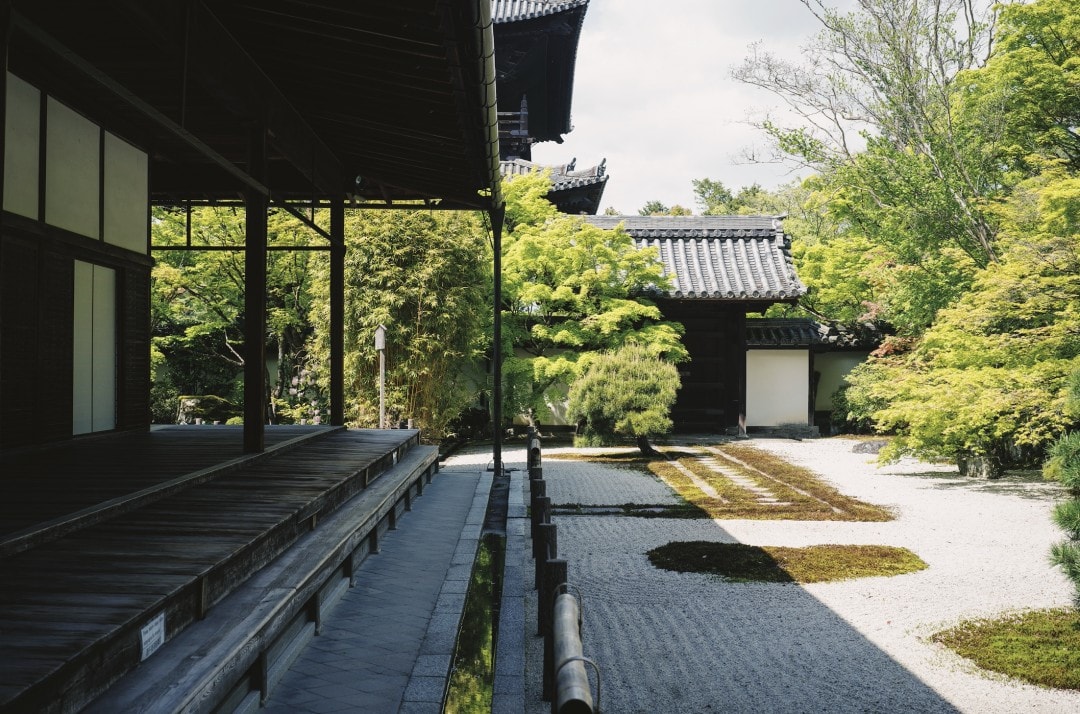
When we write travel guides, it’s important to have firsthand experience, rather than just sitting in the office looking up information and fantasizing.
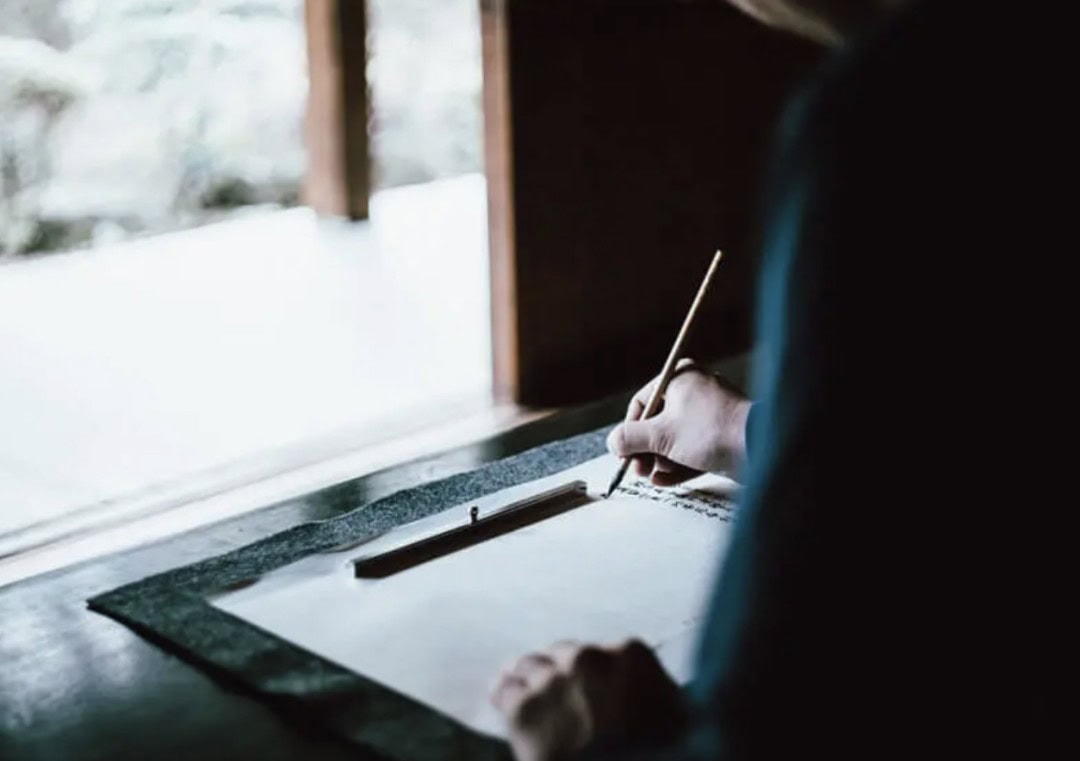
Additionally, Japan has had a lot of favorable conditions recently: round-trip flights have dropped to under 1500 yuan, visa requirements have been simplified, and there’s no need for PCR tests for round trips. It’s likely that Japan will be among the countries reopening on May 9th for the third batch.
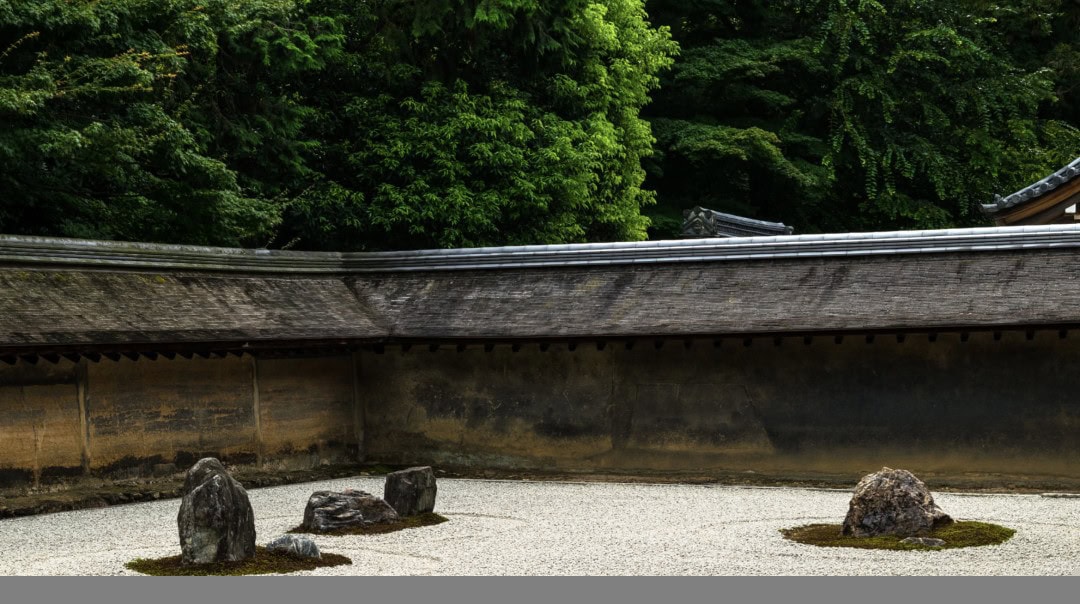
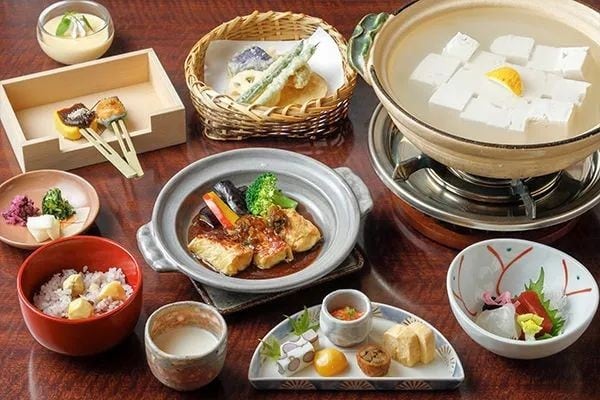
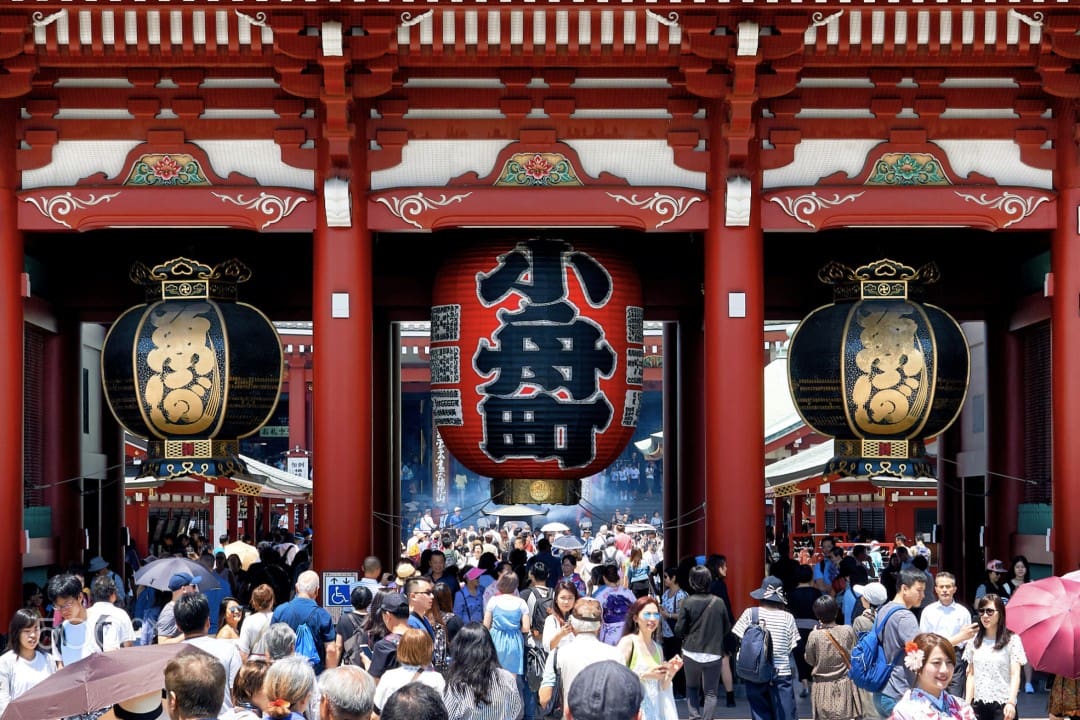
Today, I want to recommend a super high cost performance and uniquely special accommodation option for traveling in Japan—shukubo.

Shukubo means staying at a temple.
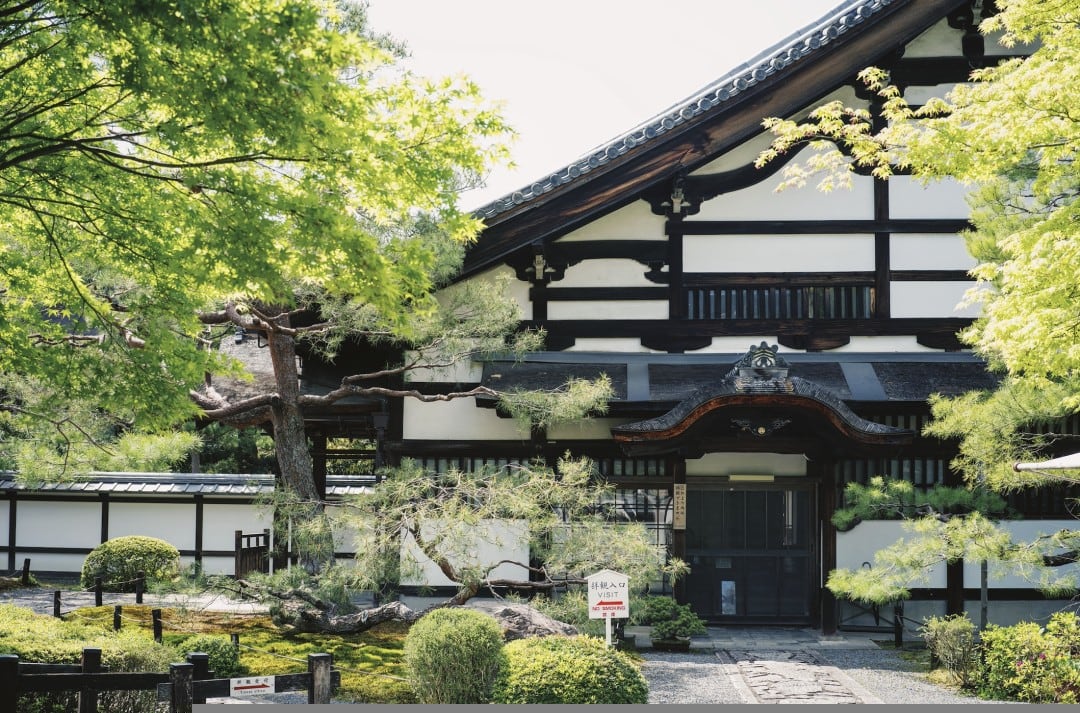
This is definitely a high cost-performance, great environment, and excellent experience accommodation option.
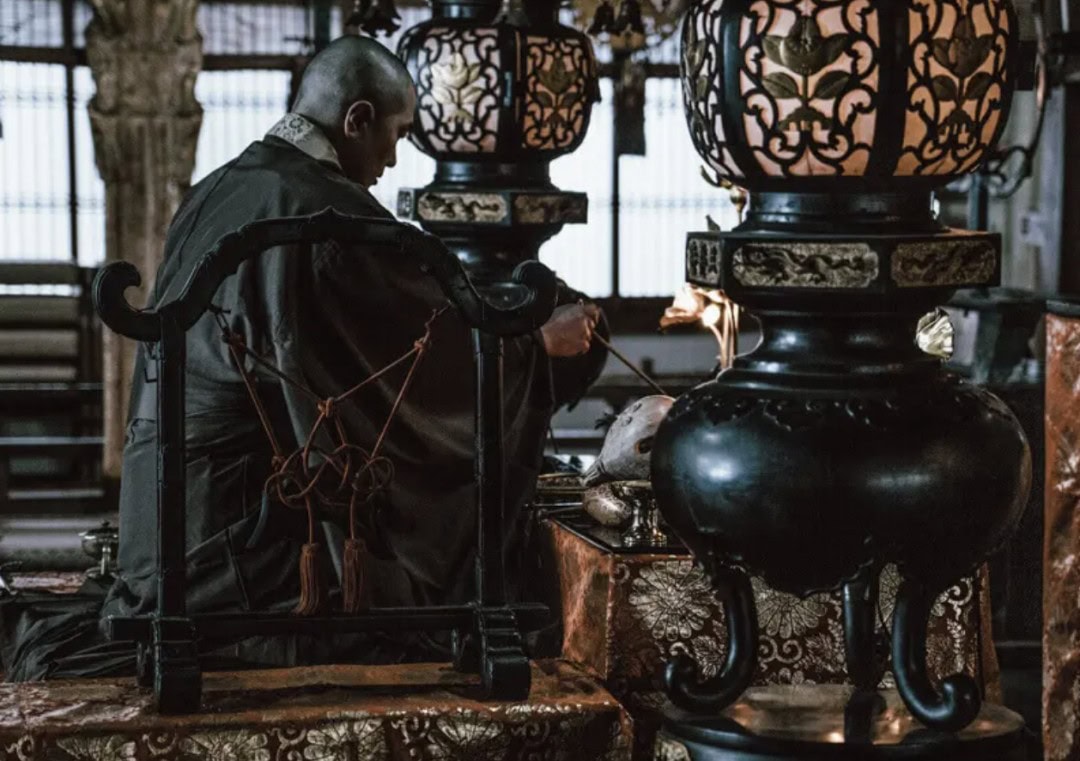
To give you an idea, staying one night at the Park Hyatt in Kyoto’s Higashiyama costs 11,000 yen (approximately 815 yuan), while a night at Nanzen-ji Temple in the same area costs about 800 yen. Do the math on that cost performance.
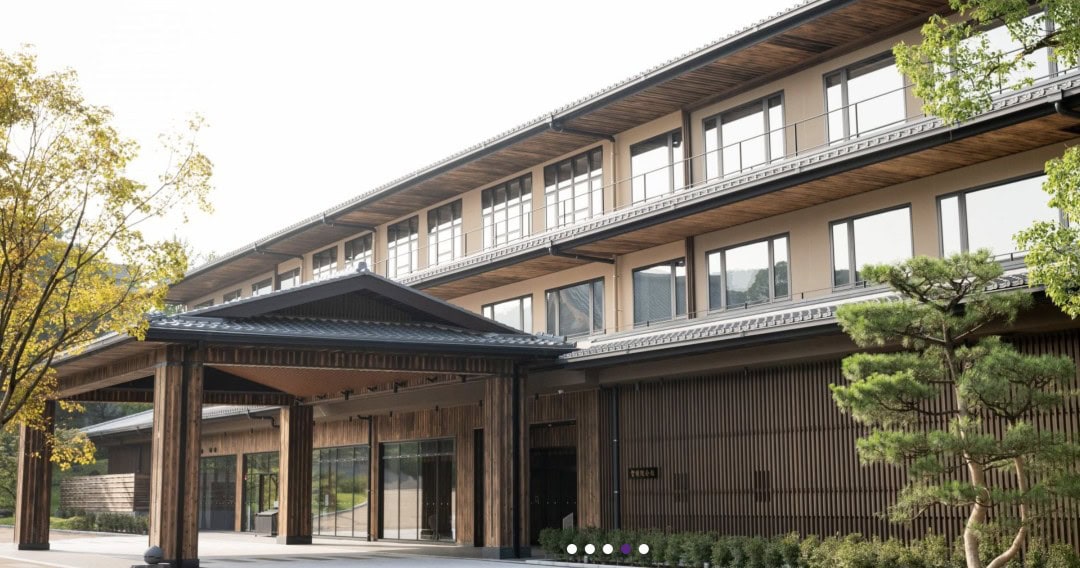
Staying at a shukubo at Nanzen-ji Temple means the entire temple grounds become your private garden.
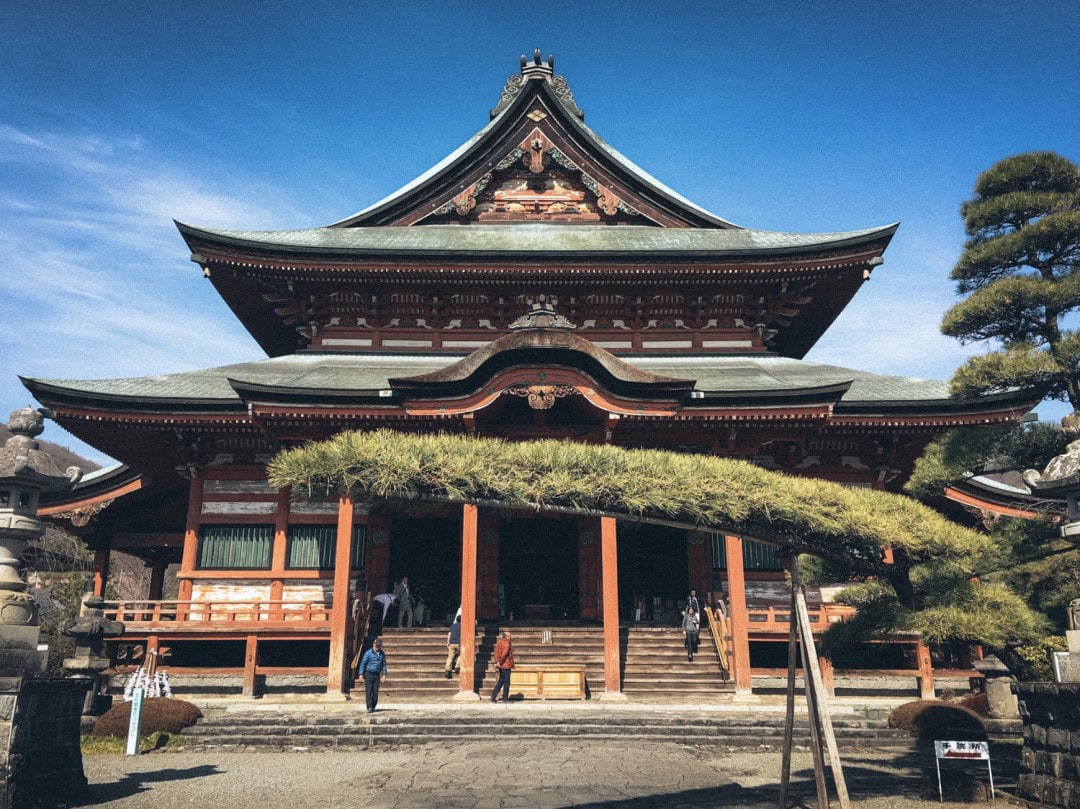
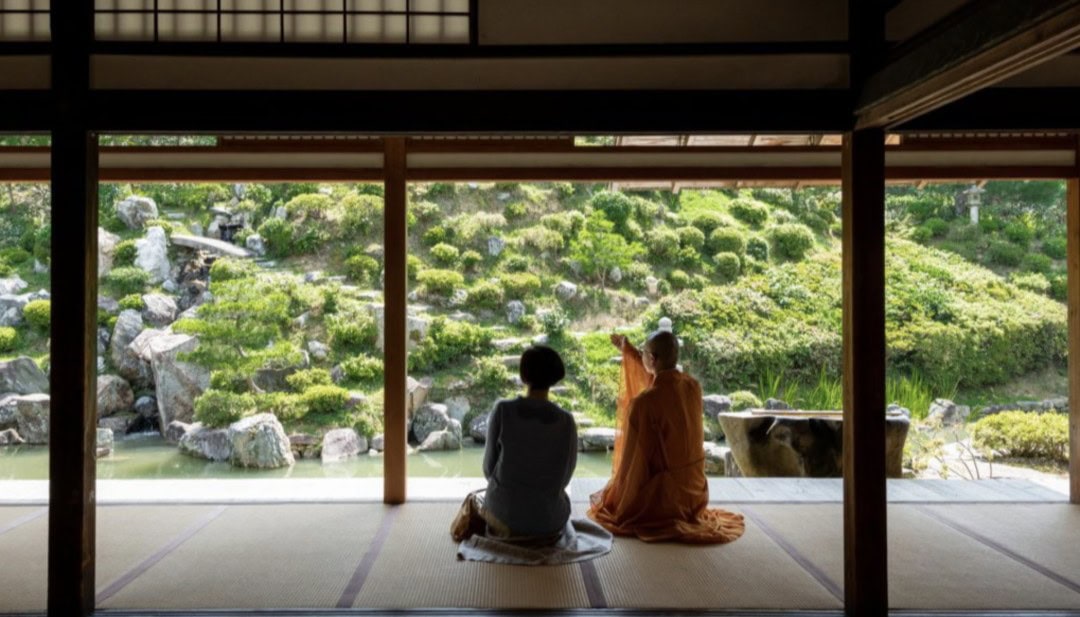
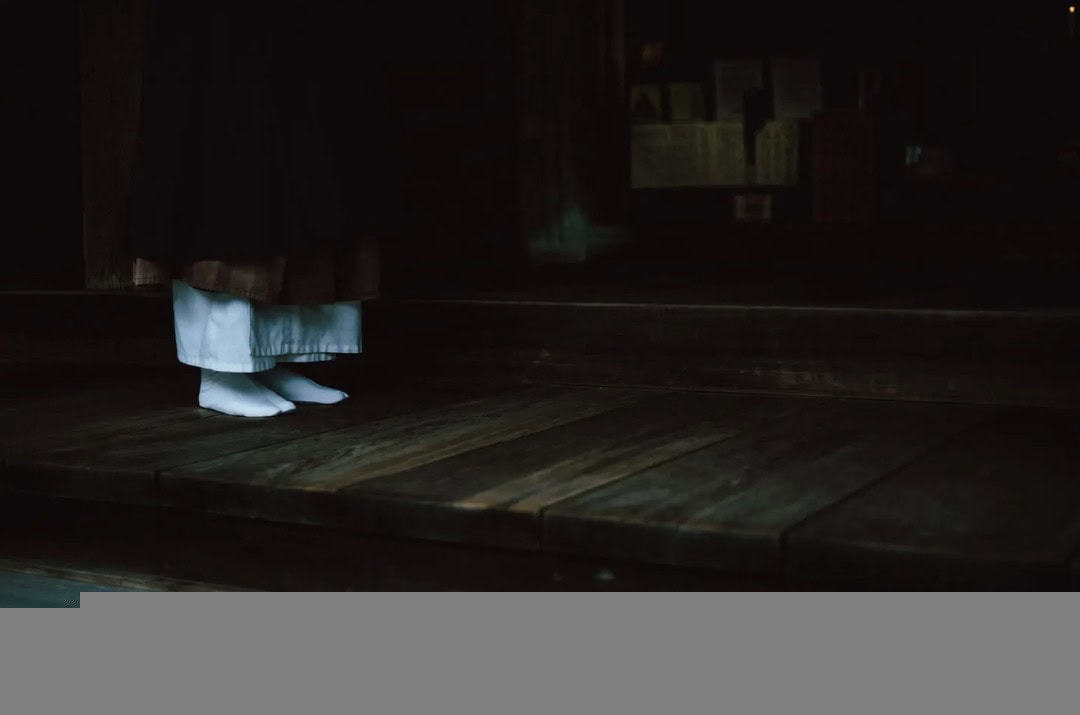
So, why stay at a temple in Japan?
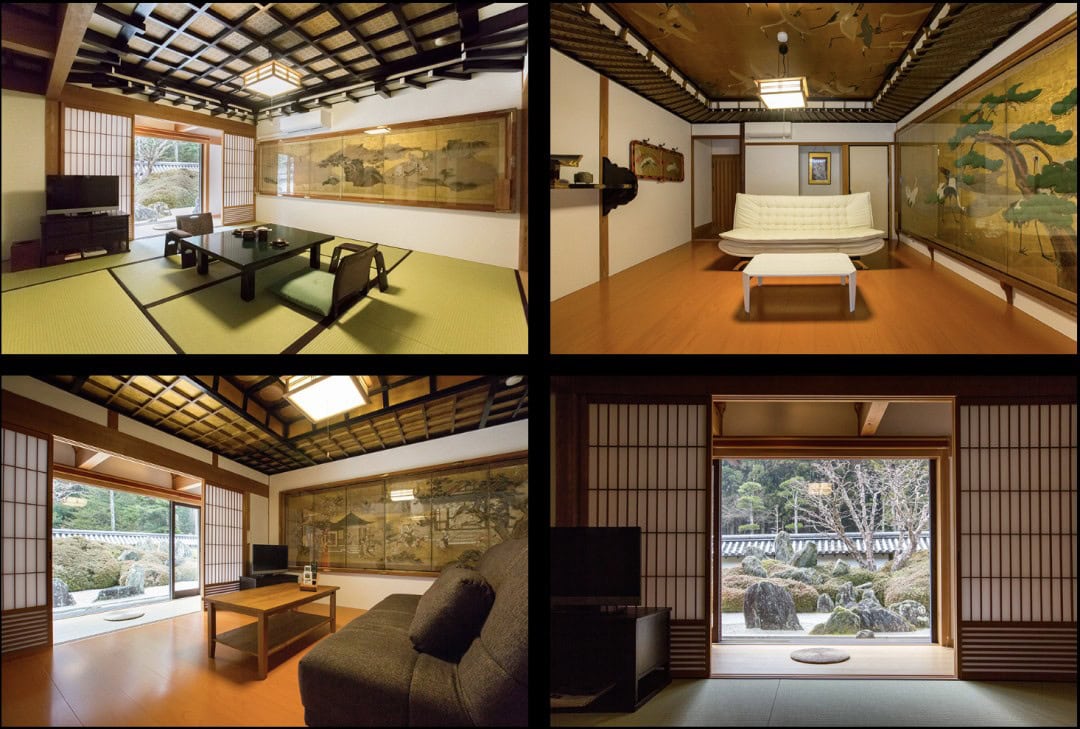
1) Staying at a temple is truly cost-effective.
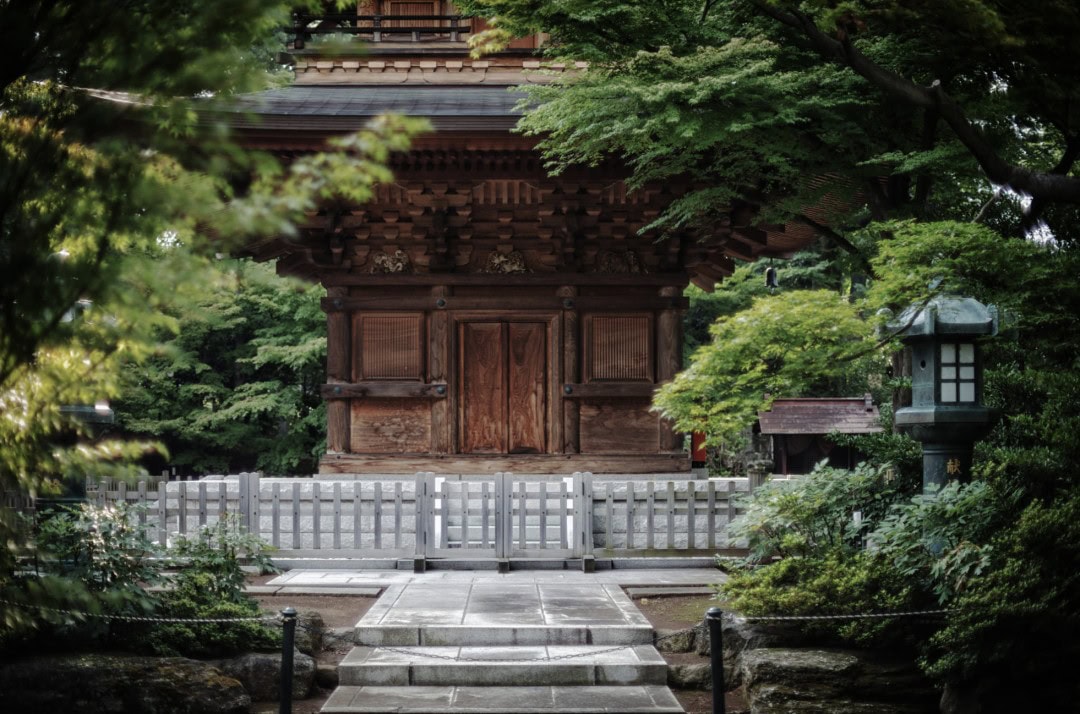
Take Chishaku-in Temple in Kyoto (the head temple of the Chisan branch of the Shingon sect) for example, a one-night stay for two people costs only 17,300 yen (approximately 882 yuan).
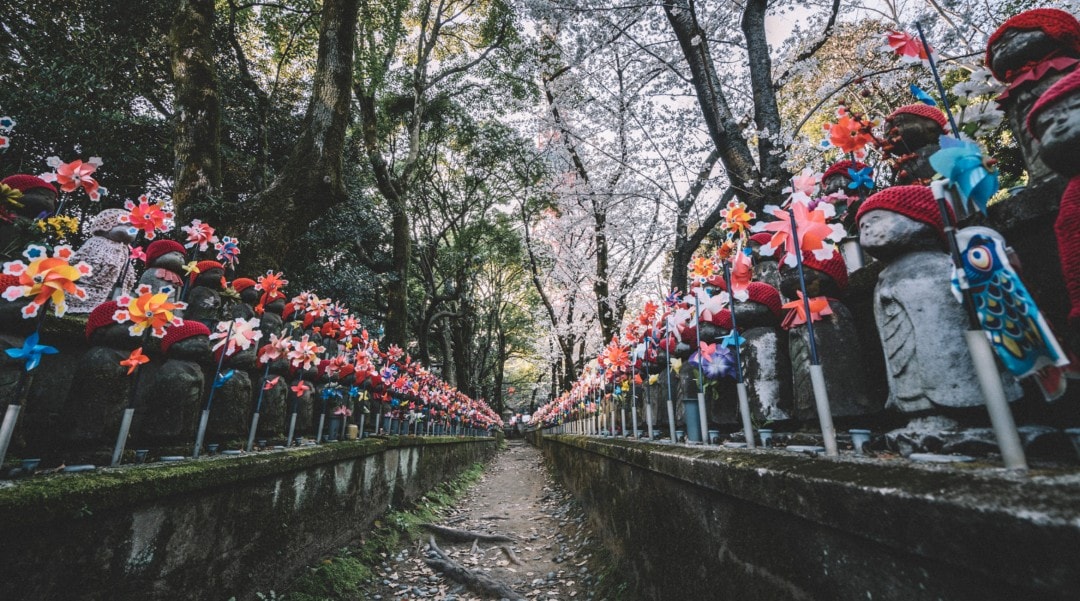
The rooms are quite good too, with an area of 24.9 square meters (which is considered spacious in Kyoto) and a private restroom.
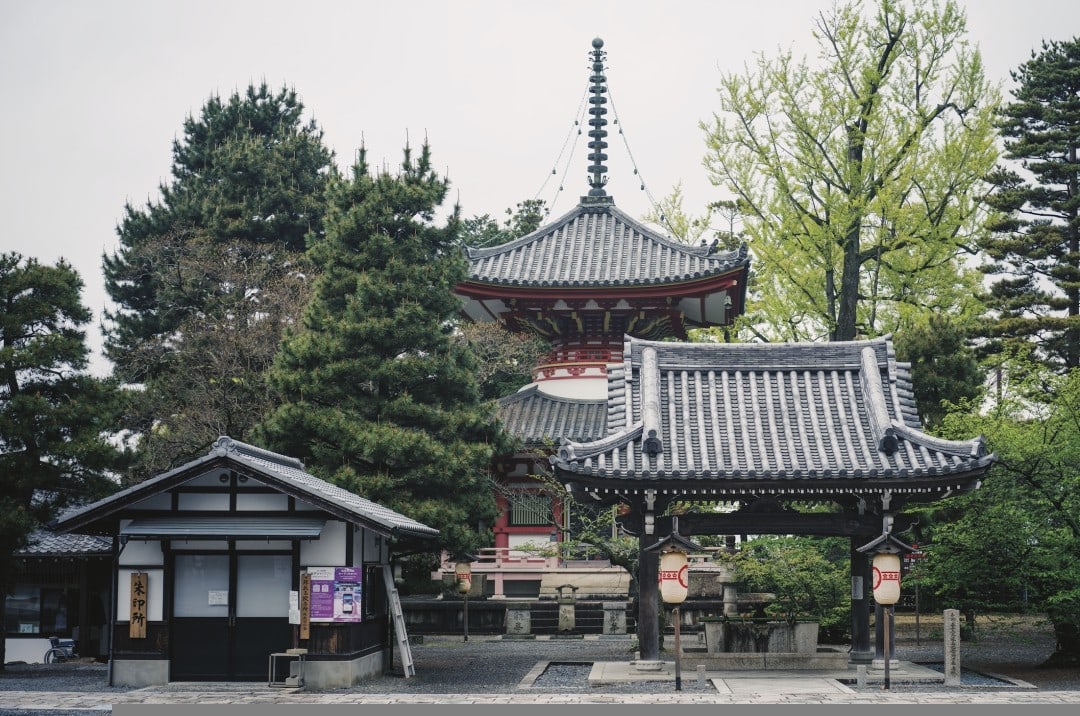
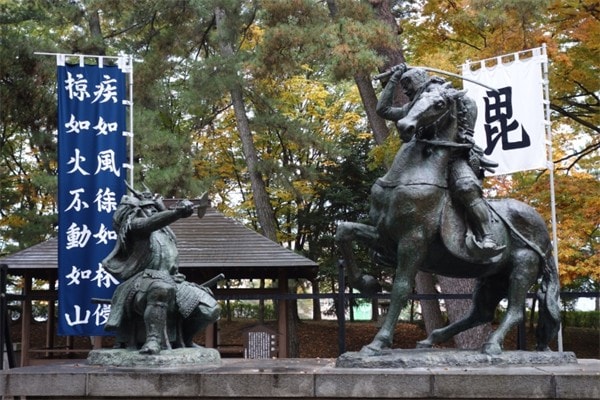
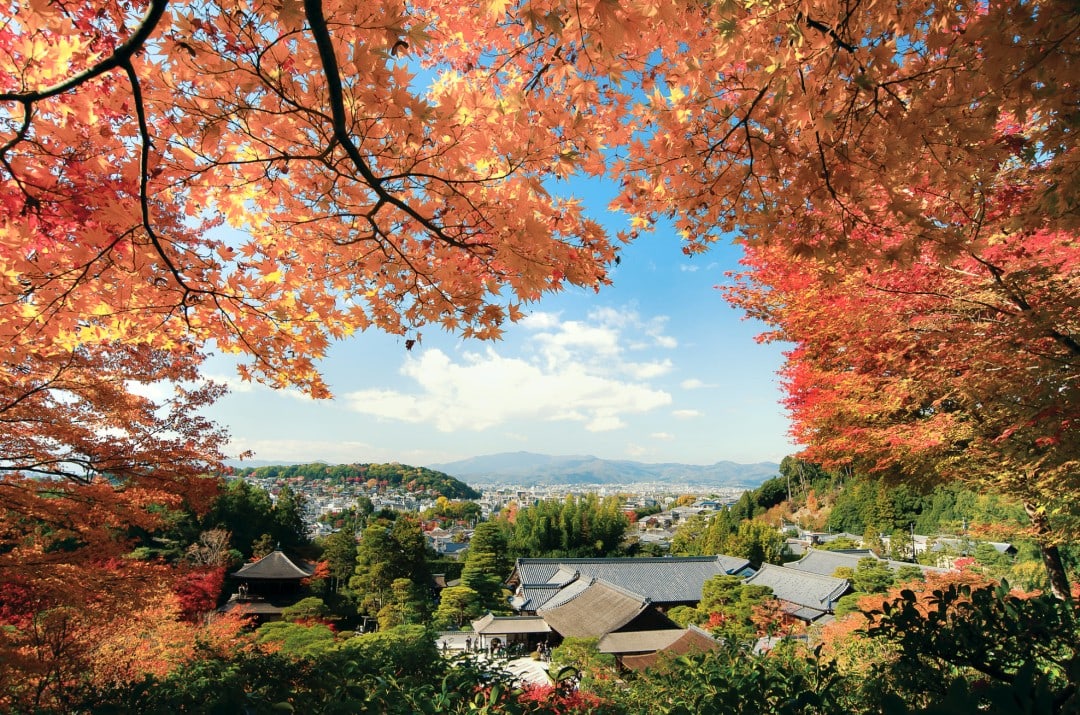
If you opt for the one-night, two-meals plan, it’s slightly more expensive. The cost for two people is 27,200 yen (approximately 1386 yuan).
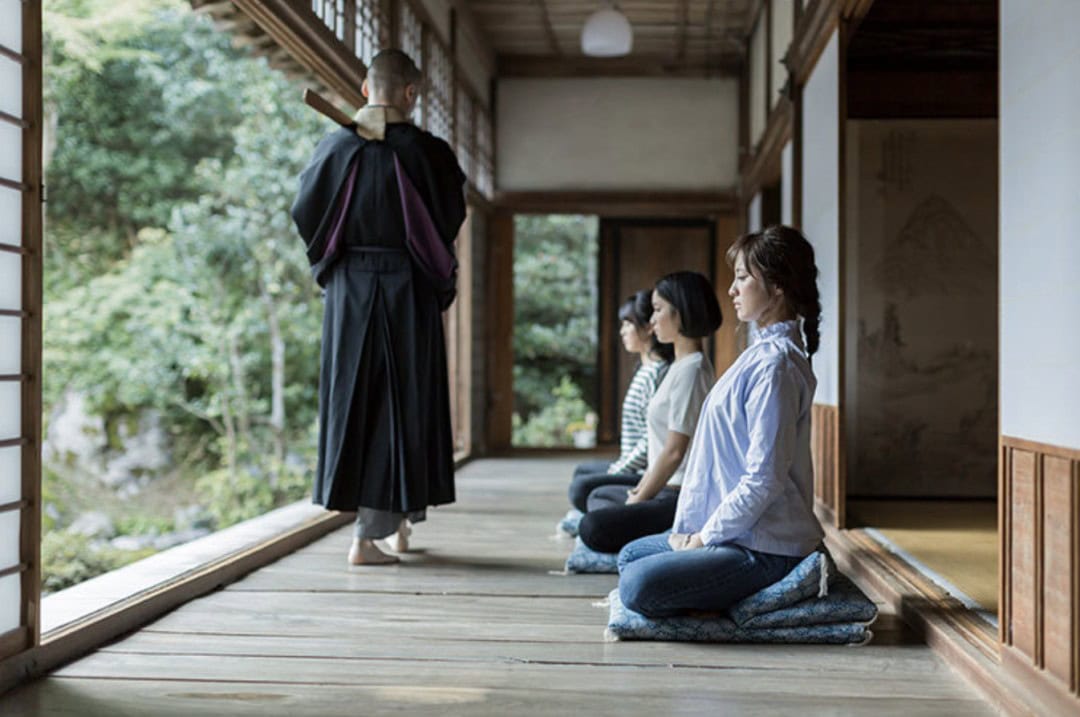
Temple food is quite reliable and doesn’t necessarily require you to be a vegetarian. Here’s a picture of the dinner at Chishaku-in Temple, which is essentially a Kyoto-style meal.
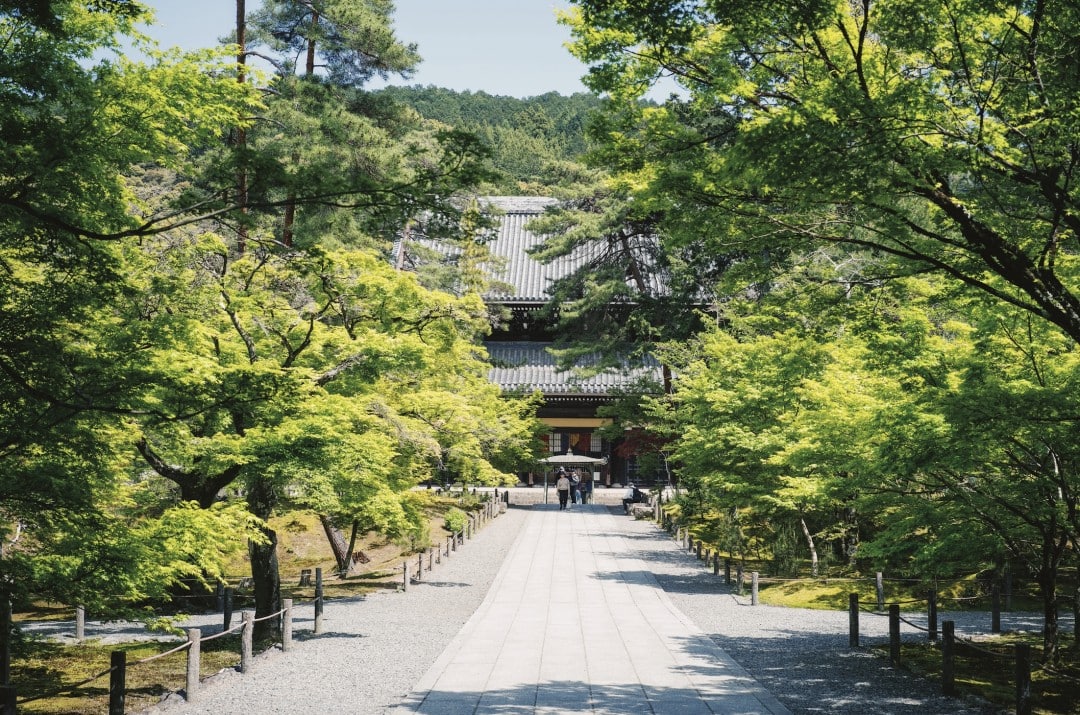
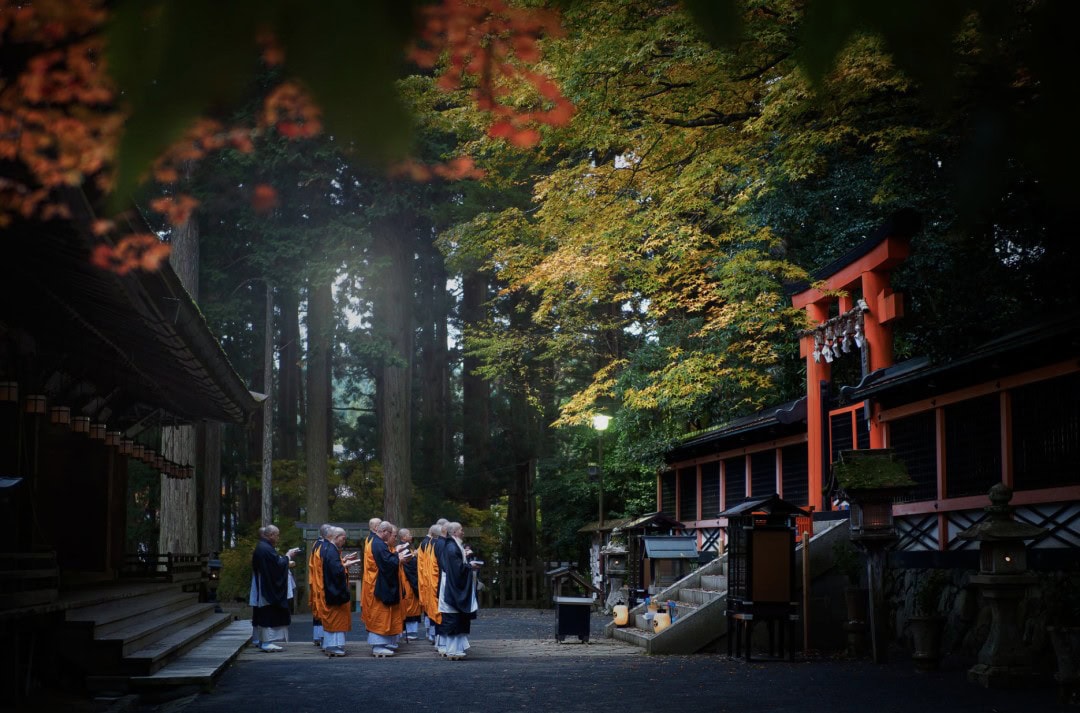
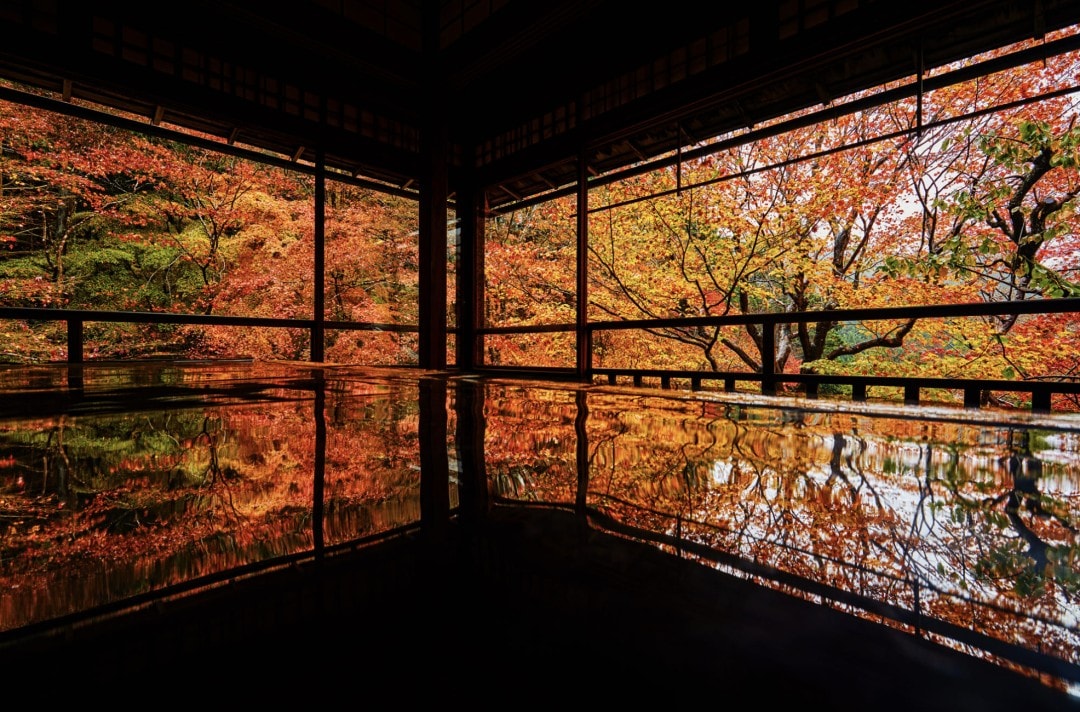
This particular temple even has hot springs for soaking.
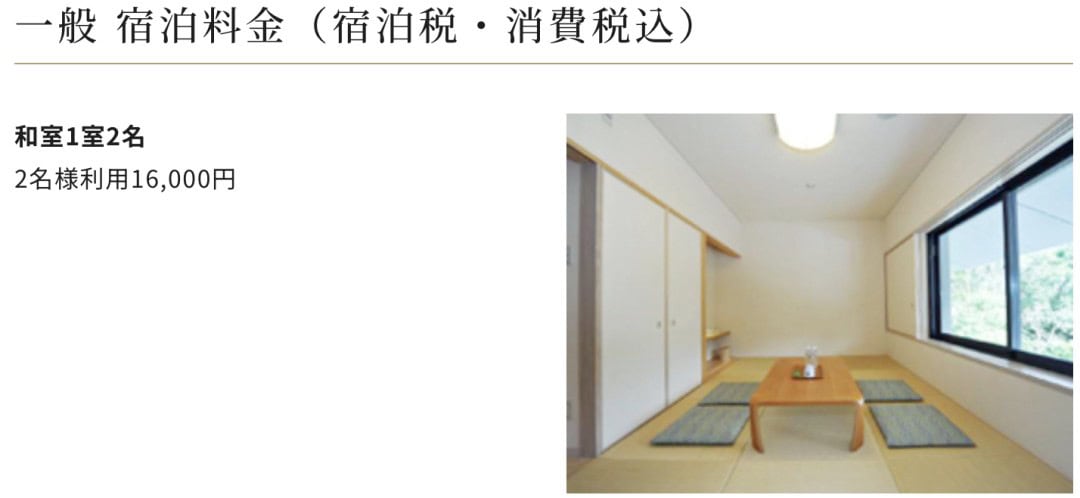
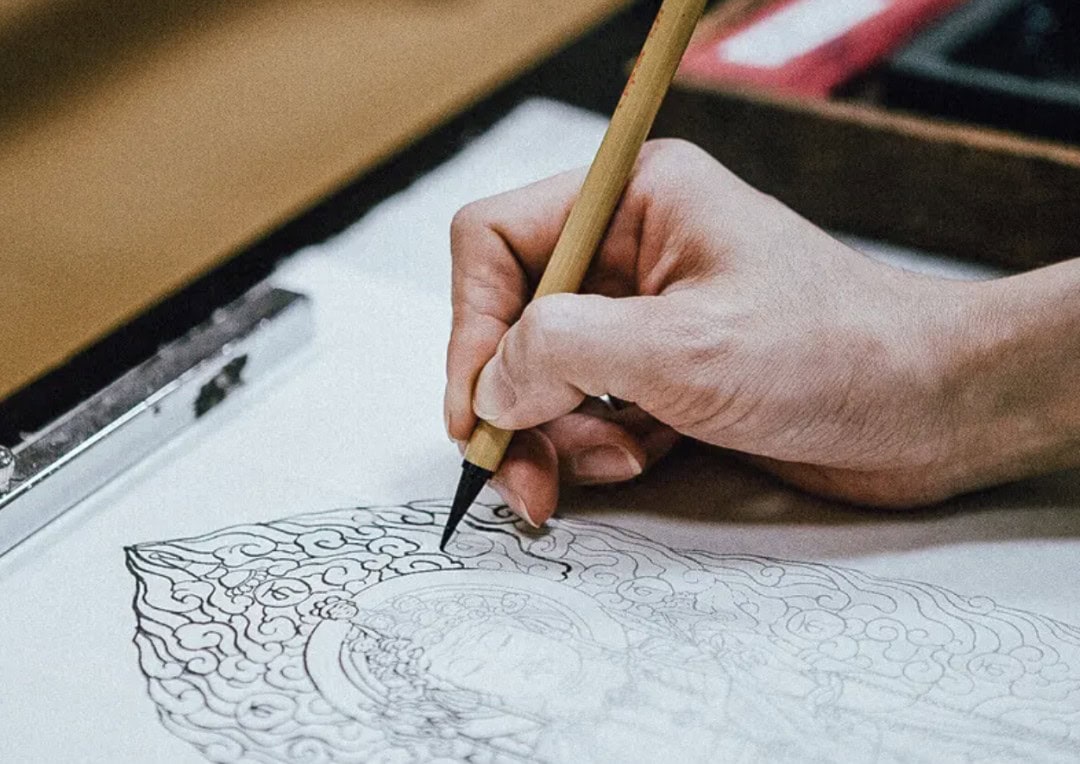
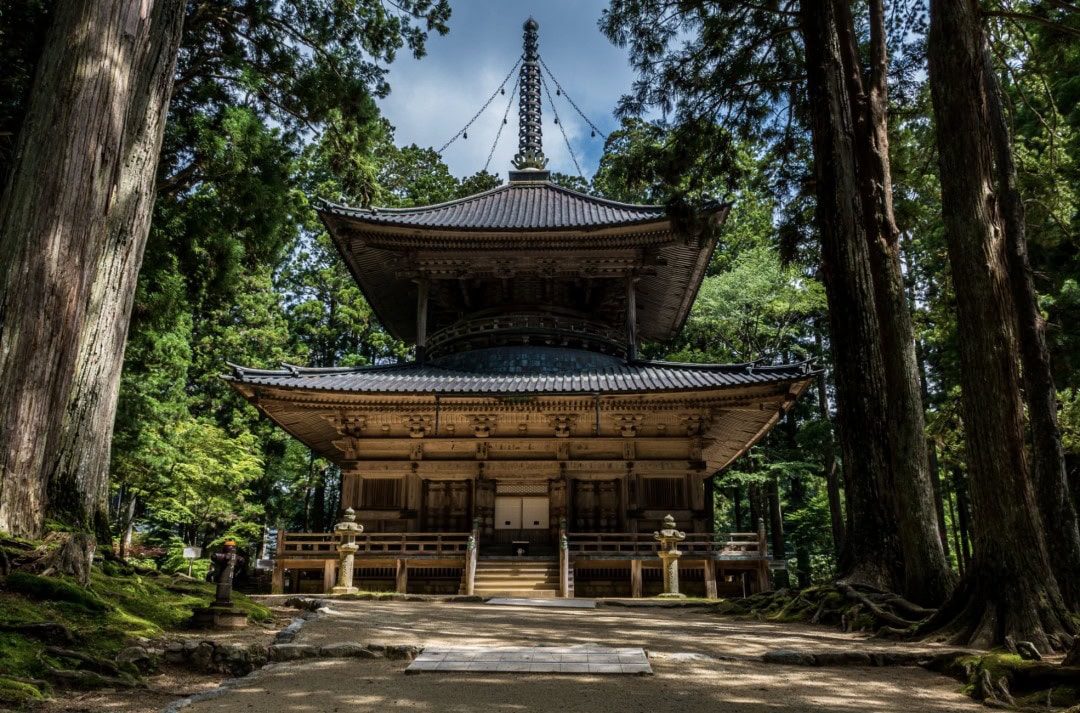
Nanzen-ji Temple in Kyoto is famous, and yet a one-night stay costs only 16,000 yen (approximately 815 yuan).
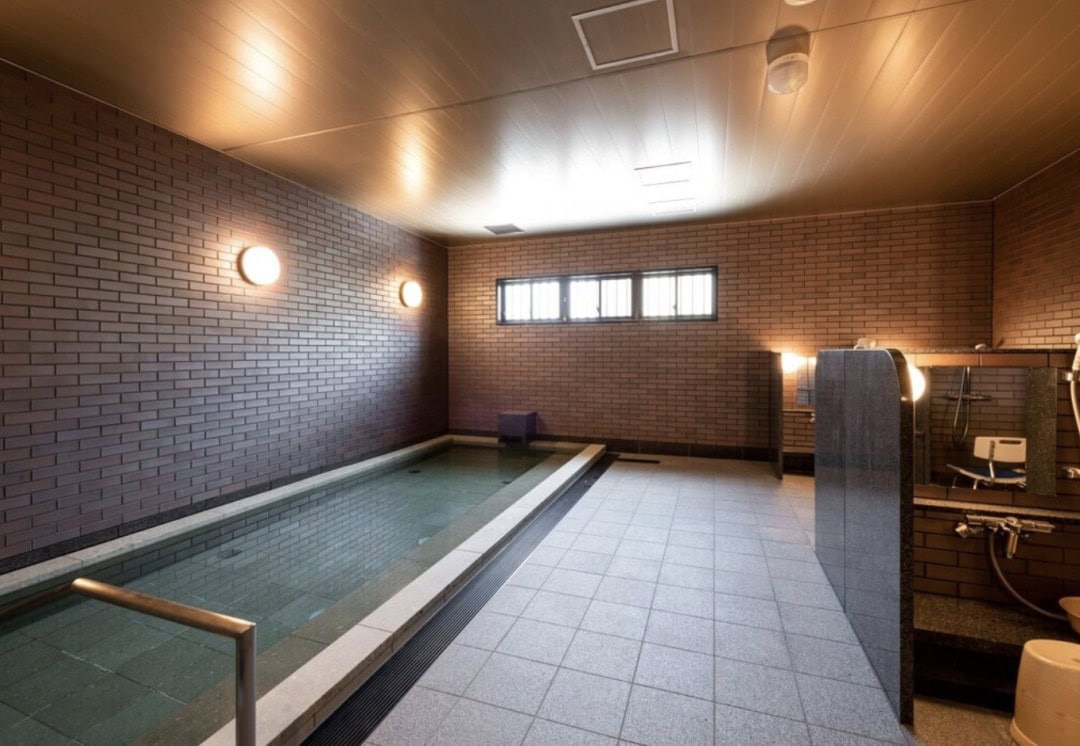
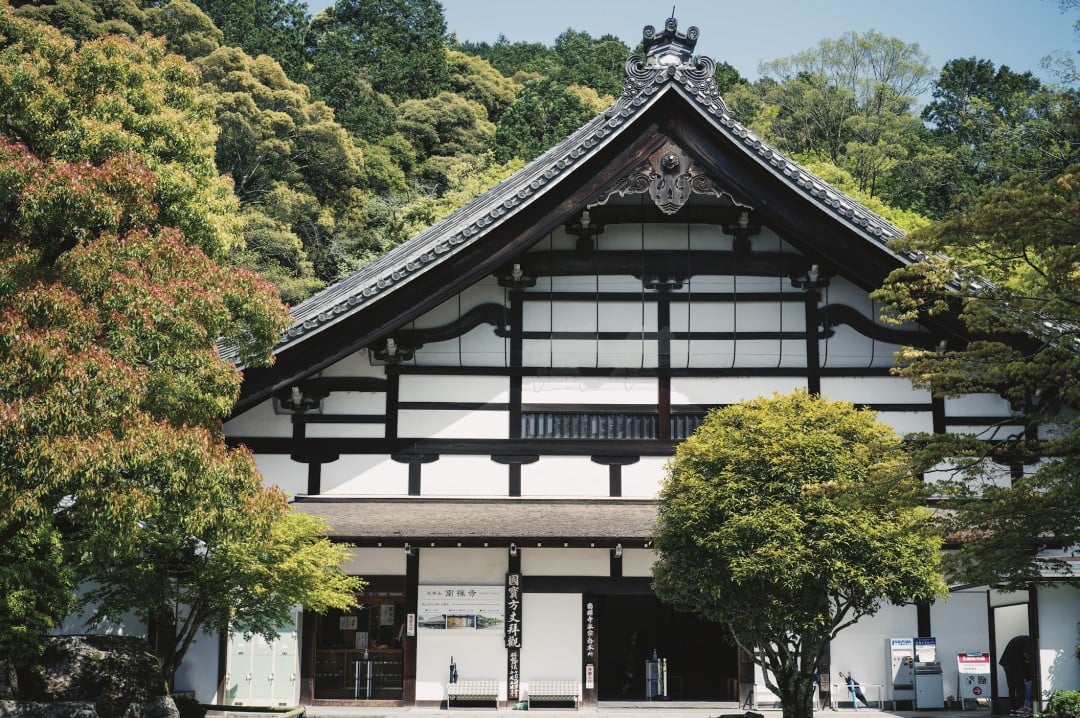
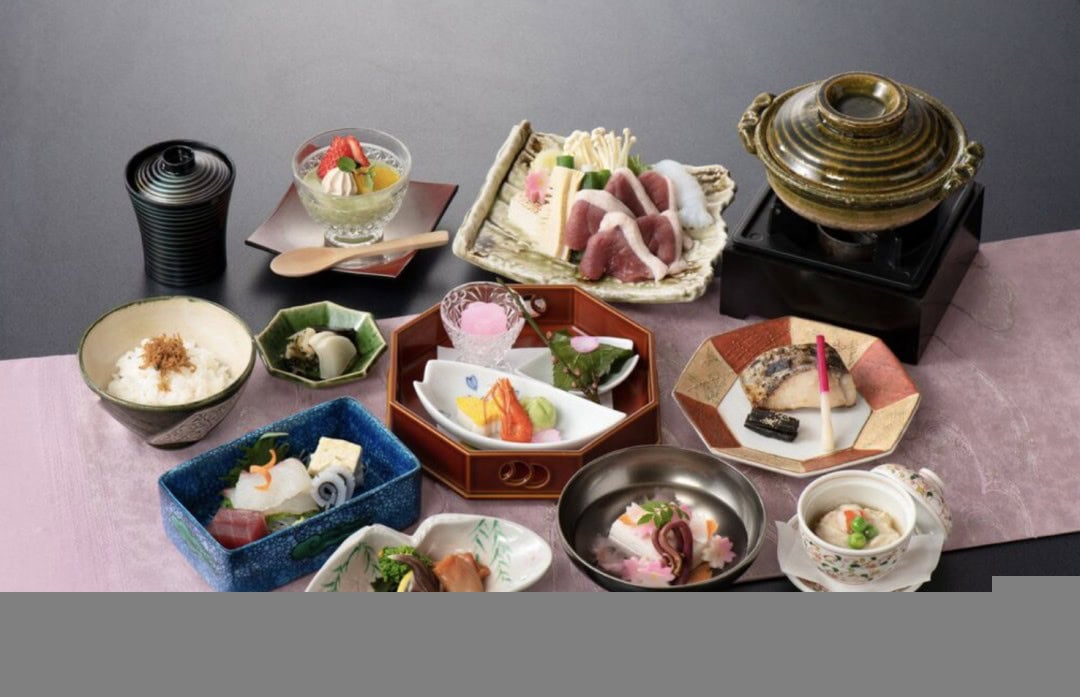
My examples are from Kyoto, but Kyoto and Mount Koya are the most expensive places for shukubo in Japan.
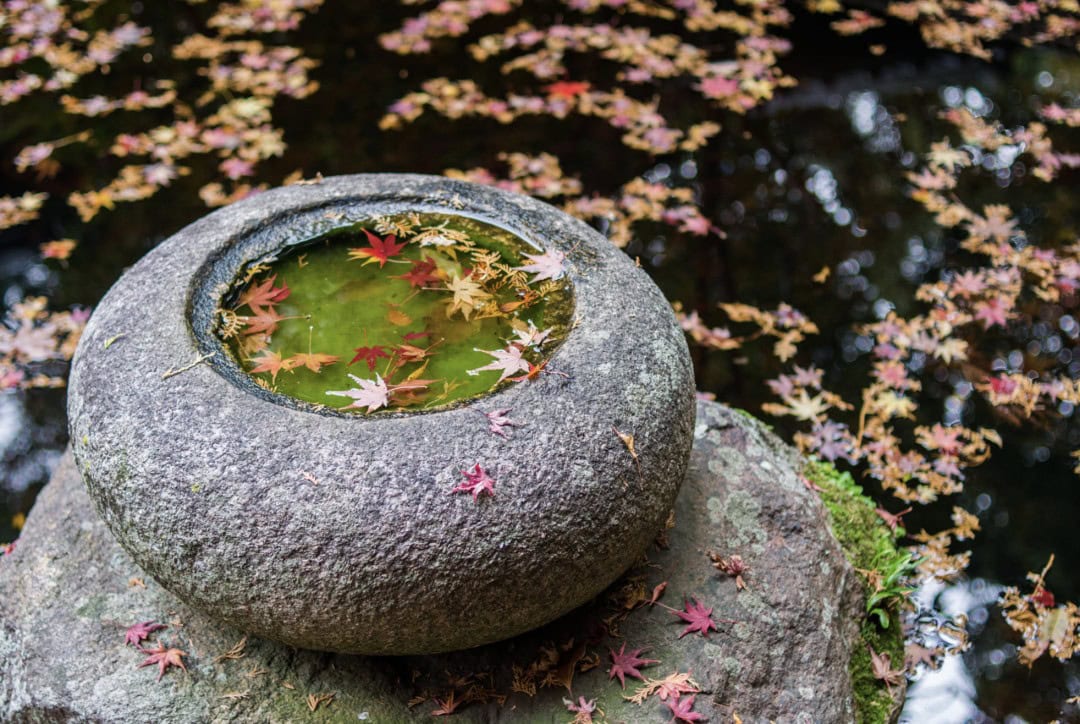
If you switch to places like Nara, Wakayama, Gifu, Kochi, Fukuoka, Nagasaki… the prices would be at least half as much.
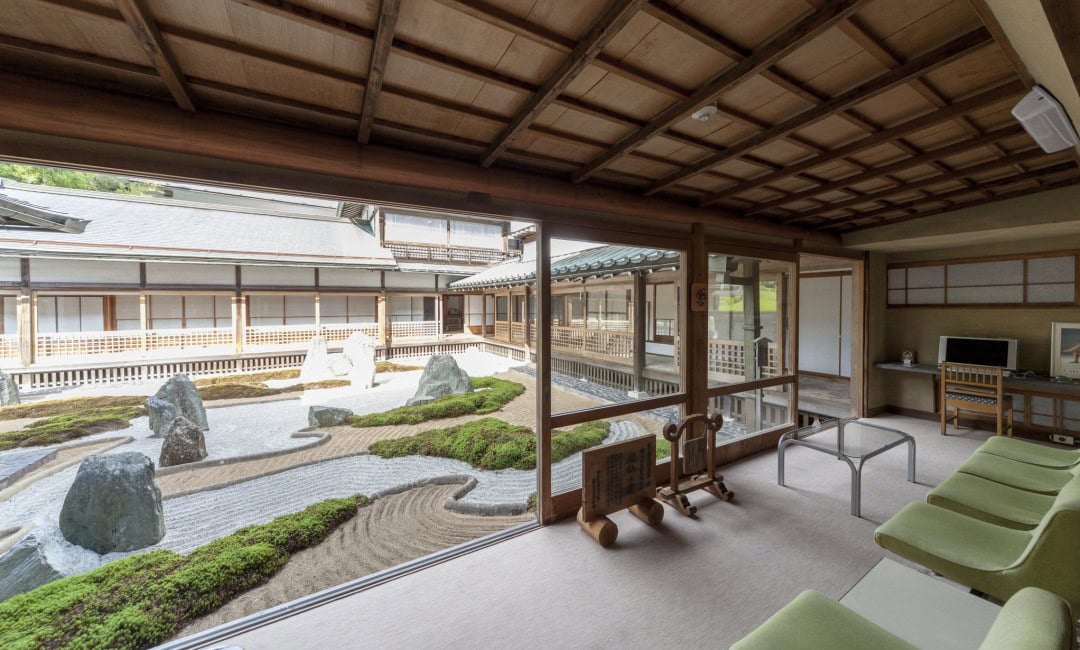
Anyway, it’s definitely more cost-effective than hotels with similar conditions.
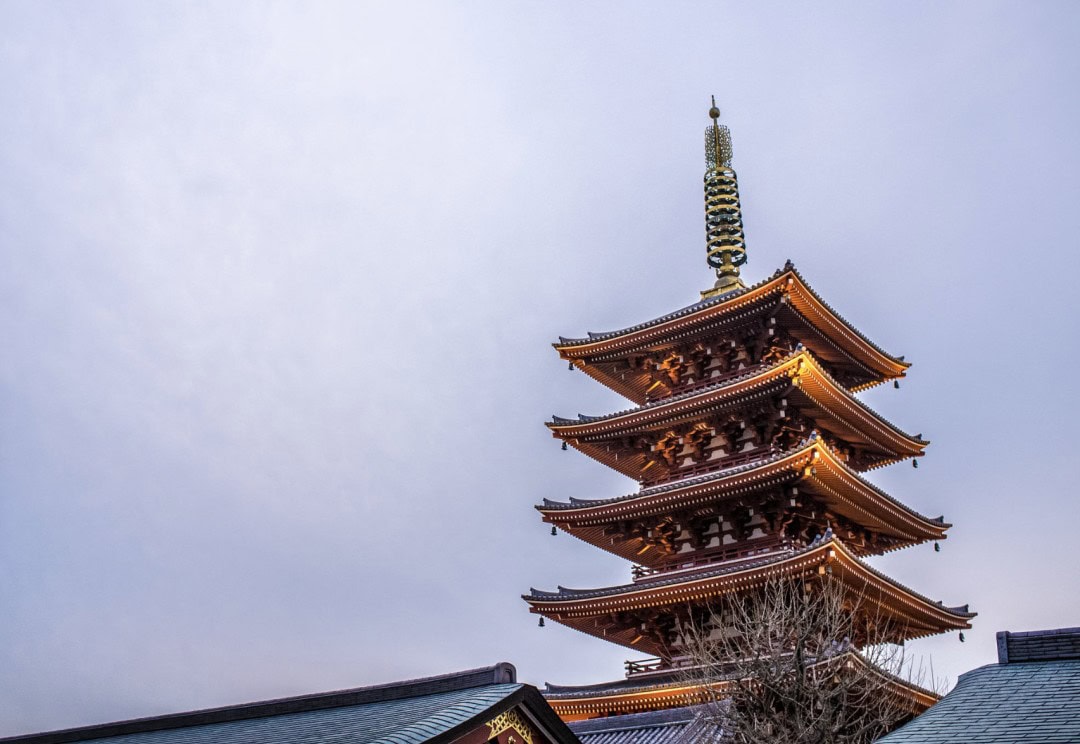
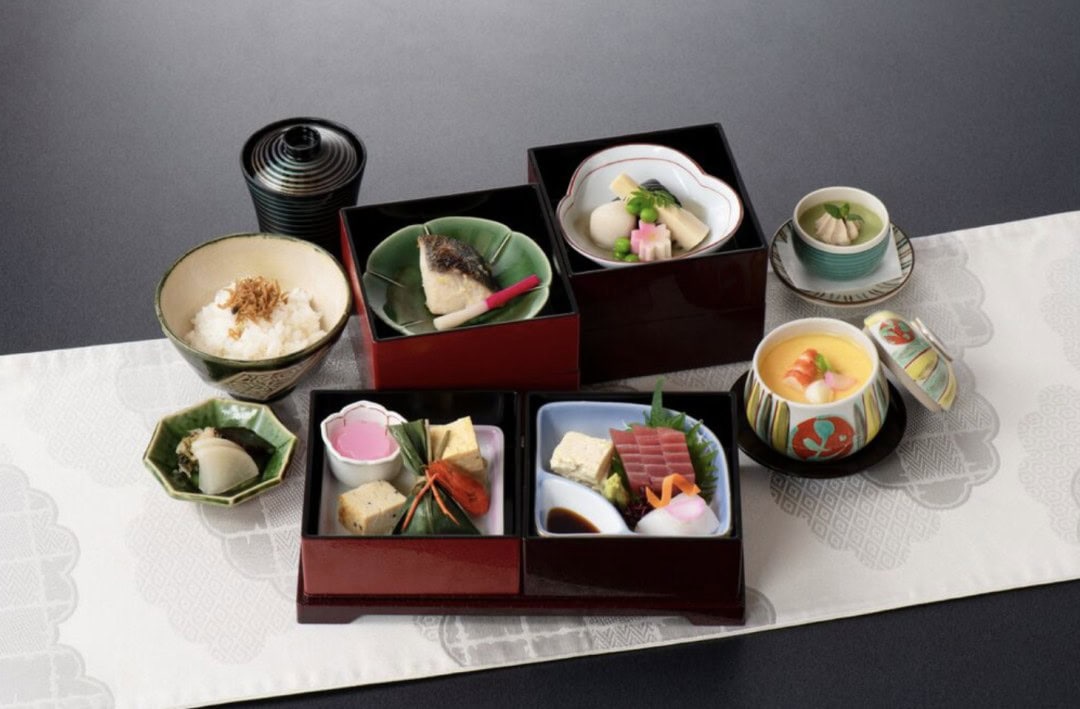
2) The Environment of Staying at a Temple in Japan is Truly Excellent
Once again, I have to talk about Kyoto. This time when I visited Kyoto, I did an in-depth exploration of three temples where you can spend the night — Nanzenji Temple, Chishakuin Temple, and Chion-in Temple.
All three are located in the Higashiyama area of Kyoto. Honestly, their location is not much different from that of the Park Hyatt Kyoto.
Staying here is definitely a kind of enjoyment.
3) Temple Activities are Interesting
Each temple’s lodging offers its own unique activities.
Most will have zazen (sitting meditation), where you sit quietly, listening only to the sounds of birds and the rustling of leaves, clearing your mind of daily distractions.
Many temples have monks who teach how to meditate, and it’s quite easy to get started.
The following picture shows zazen at Chishakuin Temple; the view is extraordinary.
There are also morning services, chanting scriptures in the main hall in front of Buddha statues to start a beautiful new day.
There’s also copying sutras, writing them out character by character to calm your mind.
It is said that Steve Jobs once stayed for a few nights at Saihoji Temple (Koke-dera) in Kyoto, copying sutras for several days, which contributed to the further greatness of Apple.
Haha, just a rumor.
More challenging activities include copying Buddhist paintings, which are often intricate and require a high level of concentration to completely calm the mind.
Additionally, different temples offer a variety of activities such as meditation, tea ceremony, calligraphy, fasting, and chanting, among others.
Most of these activities are free to participate in.
4) The Food at Temples is Truly Not Bad
The dinner included in the one-night, two-meal stay at Nanzenji Temple in Kyoto features tofu cuisine from Nanzenji Junsei, located nearby.
Those who have been to Kyoto probably know this restaurant; many people visit specifically to enjoy their tofu dishes.
The evening meal at Chishaku-in offers you Kyoto kaiseki cuisine.
The image below shows the Kyoto kaiseki at Chishaku-in. Although it requires an additional payment of 8,800 yen (approximately 450 RMB), 8,800 yen for Kyoto kaiseki cuisine in Kyoto is not expensive at all.
Which cities in Japan are suitable for temple lodging?
Kyoto is definitely one of them. Kyoto has many temples, and in areas like Saga Arashiyama and Gion Higashiyama, there are temples where you can stay.
Let me recommend a few:
Nanzen-ji
In spring, you can enjoy cherry blossoms, and in autumn, there are red leaves, as well as a dry landscape garden.
During the day, Nanzen-ji is quite crowded, but early in the morning and late in the evening, Nanzen-ji belongs only to those staying at the temple.
Nanzen-ji temple lodging link:
[https://www.nanzenji.or.jp/faq](https://www.nanzenji.or.jp/faq)
Chion-in
Chion-in is a tranquil ancient temple with a history of over 800 years. If you stay at Chion-in, you will find that many other famous cultural sites such as Nanzen-ji, Yasaka Shrine, and Kiyomizu-dera are within walking distance.
Chion-in temple lodging link:
[https://www.wajun-kaikan.jp/](https://www.wajun-kaikan.jp/)
Chishaku-in
The garden at Chishaku-in is one of the famous gardens in Kyoto, said to be modeled after Mount Lu in China, with beautiful scenery in all seasons that is pleasing to the eye.
Chishaku-in temple lodging link:
[https://chisan.or.jp/lodging/](https://chisan.or.jp/lodging/)
Myoshin-ji
Myoshin-ji has 46 sub-temples within its grounds, connected by stone-paved paths. This temple was originally an imperial villa, and in 1337, the then Japanese emperor converted it into a Zen temple.
Monastic lodgings here allow you to share the same space as the Emperor.
Link to Myoshin-ji Temple lodging:
https://www.myoshinji.or.jp/english/stay/
Shoho-in
Shoho-in is renowned for its turnip cuisine—turnips are referred to as “daikon” in Japanese. Kyoto has three famous pickled vegetables, one of which is “Senmaizuke” made from Shoho-in turnips.
Link to Shoho-in Temple lodging:
http://www.gotenso.com/
Another popular destination for monastic lodgings is Mount Koya.
With a history of 1200 years, Mount Koya is the headquarters of the Shingon sect of Japanese Buddhism and is also a World Heritage site. Scattered across Mount Koya are more than 120 temples, with over 50 temples offering lodging.
The temple lodgings at Mount Koya stand out for their grandeur and often include one night with two meals.
For instance, the lodging conditions at Fukuchi-in Temple on Mount Koya are exemplary.
Additionally, they have hot springs, and the one night with two meals package offers exquisite Buddhist vegetarian cuisine comparable to Kaiseki. The rock garden within the temple premises also boasts a 1200-year history.
Staying at these temple lodgings can be considered more luxurious than many hotels.
Link to Fukuchi-in Temple lodging:
https://www.fukuchiin.com/onsen
There are many temples on Mount Koya that offer lodging. The following link leads to a comprehensive collection where you can find nearly all the temples on Mount Koya that provide lodging.
https://www.shukubo.net/contents/stay/
Nagano
Nagano is held in the same regard as Mount Koya. During the Sengoku period, Nagano was a contested territory between the Takeda and Uesugi clans, known as the land of Shinano.
The illustration below depicts the famous single combat between Uesugi Kenshin and Takeda Shingen.
If I go to Japan next time, I will definitely consider this place.
Nagano Zenkoji Temple offers temple lodging, and this temple is a national treasure of Japan.
Zenkoji Temple lodging link:
https://www.zenkoji.jp/shukubo/annai/
I do not recommend temple lodging in Tokyo, Osaka, or Nagoya. Although it is available, it is not necessary in these international metropolises. It might not be a good experience.
Nara, Shikoku, Kyushu, and Aomori are quite suitable for temple lodging, and you can find many temples that offer this service.
Next, let’s talk about the disadvantages of temple lodging.
Some low-end temple lodgings do not have private bathrooms and use shared bathrooms. The rooms might also be large communal spaces, which can be inconvenient. Be sure to check carefully and choose wisely when booking.
Most temple lodgings are not located in urban commercial areas, so if you want to go shopping, this is definitely not the best place to stay.
Japanese temples are generally surrounded by cemeteries. In Japan, only wealthy and powerful people can be buried around temples after death. If you are concerned about this, choose temple lodging carefully.
Guests must follow minimum rules, especially since most temples have curfew times. To prepare for the next day’s practice, bedtime is usually set early, so manage your nighttime activities well.
Do not dress too revealingly, and avoid taking too many selfies. Temples are places of tranquility.
If you find a temple lodging you like?
Japan has a temple lodging platform, and I will directly post the website, which is reliable.
https://terahaku.jp/temple/
Alternatively, you can directly Google search the keywords, XX Temple + Temple Lodging. If the temple offers lodging, you can usually find it.
Many temples in Japan are popular spots for cherry blossom and maple leaf viewing. At least in the morning and evening, you won’t be crowded with people in the temple lodging.


